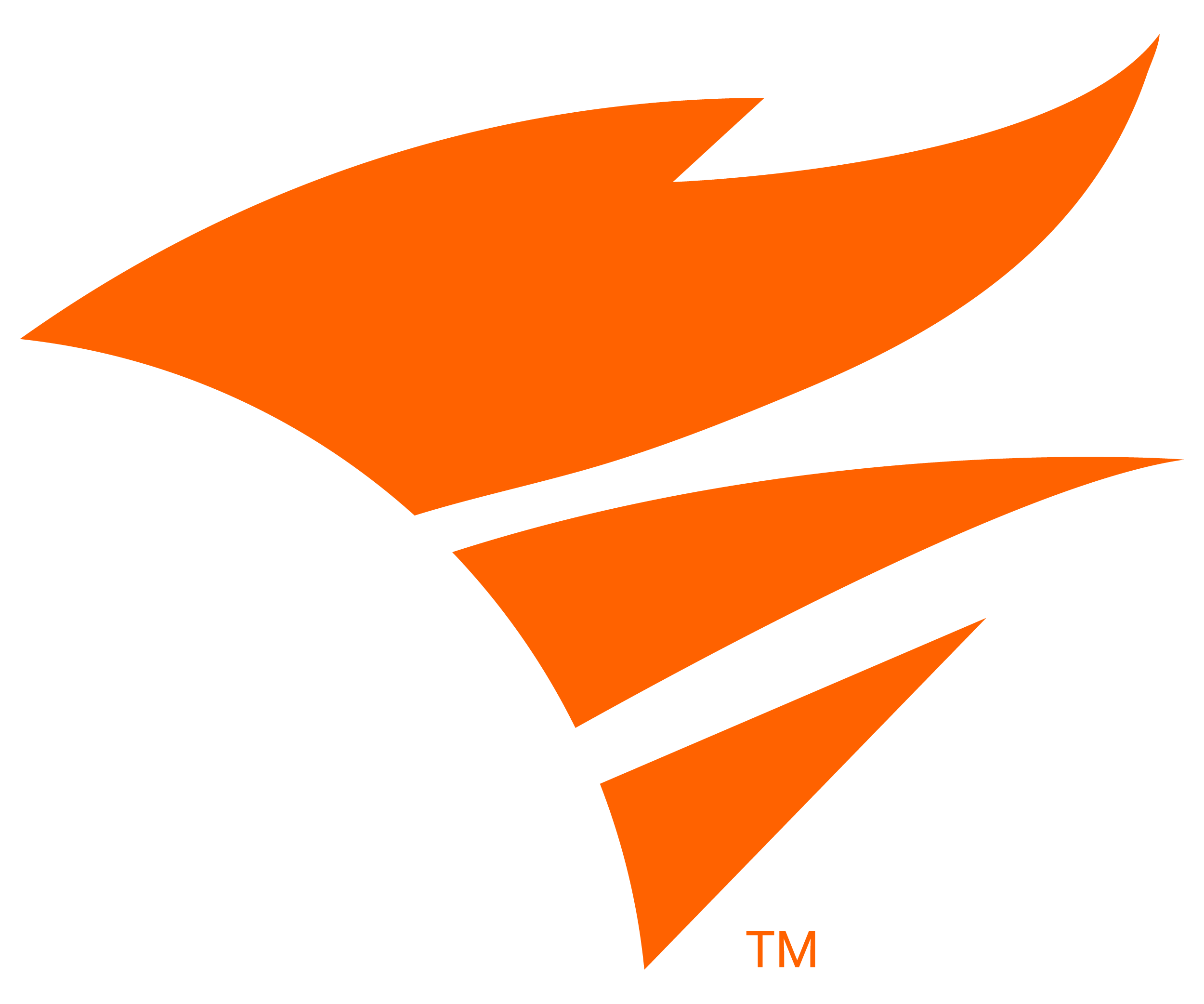SolarWinds Database Observability Features
Functionality (9)
Maintenance (3)
Management (5)
Security (2)
Administration (3)
Automation (4)
Agentic AI - Data Warehouse Automation (1)
Agentic AI - Database Monitoring (7)
SolarWinds Database Observability Comparisons






